Why Polar Bears Have Black Skin
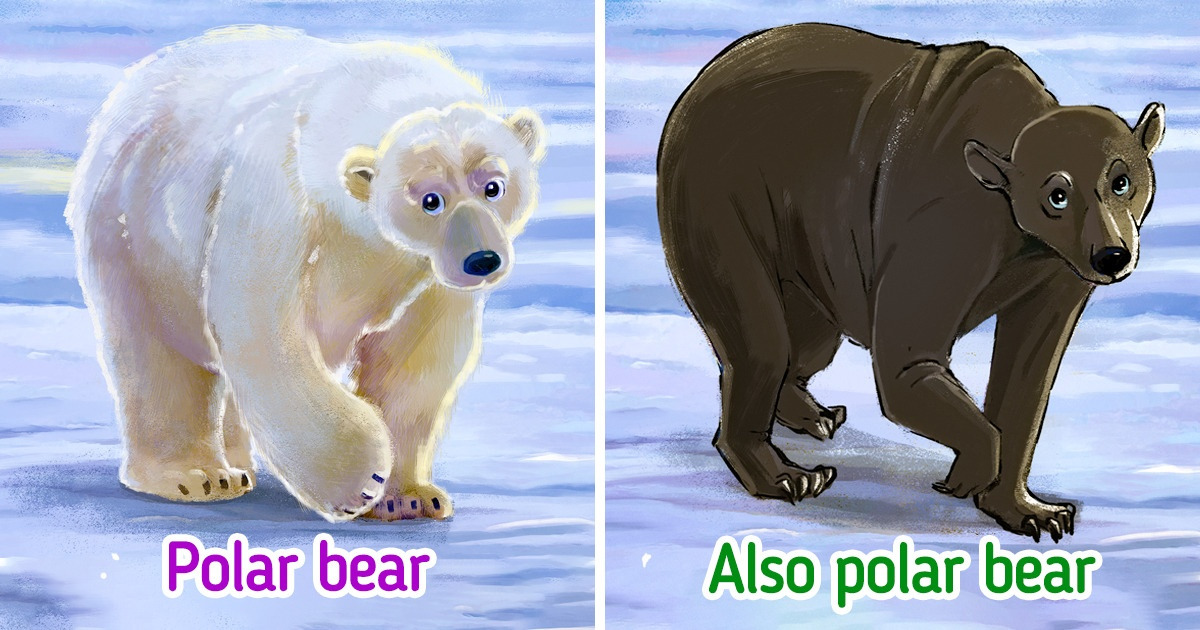
The animal world is wonderful, amazing, and hides many mysteries. For example, not many people know that polar bears actually have black skin. This huge predator possesses unique skills and definitely deserves our attention.
With 5-Minute Crafts, you’ll learn why polar bears look white despite their black skin and transparent fur.
What Polar bears are
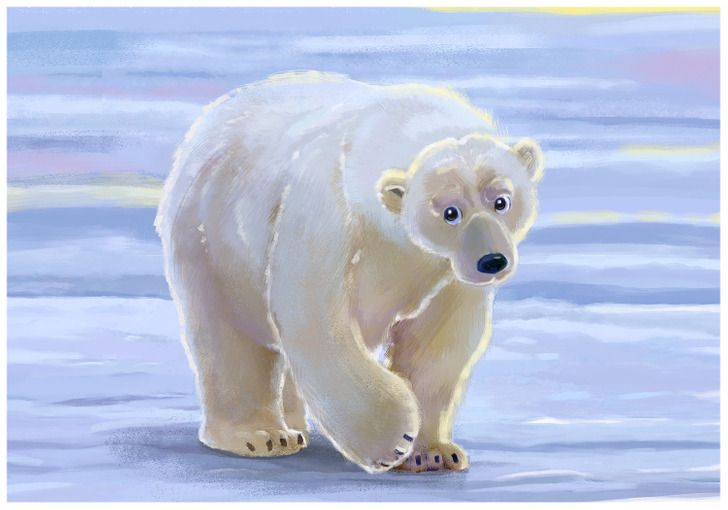
Polar bears can be referred to as marine mammals because they spend more time in the water than on the land. At the same time, it is the largest land predator.
Polar bears are stocky animals with long necks and small heads. They have short rounded ears and a short tail as long as 3–5 inches. Males are much bigger than females — they weigh from 900 to 1,600 pounds and grow to about 5.3 feet tall to the shoulder and 7.2-8.2 feet in length. Females normally weigh twice as less.
These animals have broad feet with hairy soles that protect them and insulate their feet from cold as well as help them move on ice. Thanks to strong and sharp claws, these predators easily cope with prey, digging ice, and have an excellent grip on slippery surfaces. Polar bears have webbing between their toes, which helps with swimming. It’s the webbed feet that make polar bears stand out among other bears and be considered marine mammals.
Why Polar bears have black skin
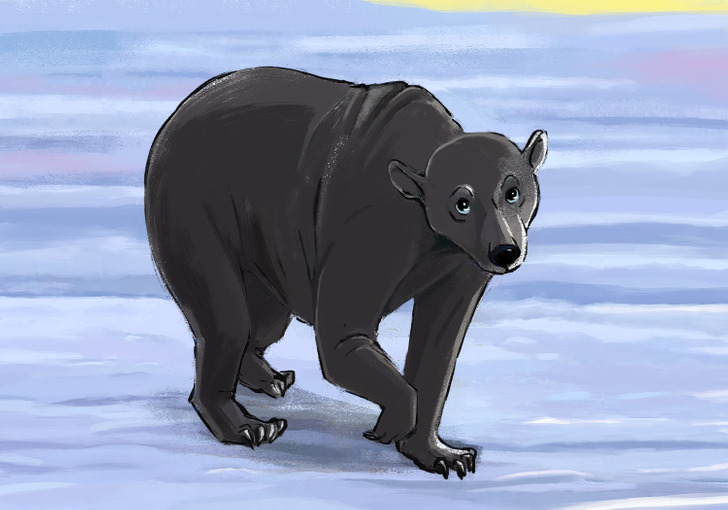
Newly born polar bear cubs can fit into a palm and weigh about 1 pound. They are blind, toothless, and the pink skin can be seen through the white fluff on their bodies. Their noses and foot pads are pink too. But at the age of 3-4 months, their skin darkens and becomes black. The fluff gets denser and the black skin can now be seen only on their noses, lips, and footpads. There are several explanations for such color changes.
- Dark color is better at absorbing sun heat than a light one. For bears, living in the icy Arctic, the black skin is an advantage and helps them keep warm.
- It is also believed that the dark color of the skin protects bears from the harmful ultraviolet radiation of the sun. Darker skin tones have more melanin, the natural pigment that colors our eyes, hair, and skin. Melanin protects against the harmful effects of UV rays. We should keep in mind that the environment of polar bears is white and the sunlight becomes even brighter reflecting from snow, ice, and water.
It’s quite curious that over time, the tongue and the mouth of polar bears change their color too. Cubs are born with pink tongues but after several months it starts to get covered with black spots. Adult Polar bears have different tongues — some have a lot of pink color remaining on them, and others have spots on their tongues that seem blue. The tongues of some bears turn completely black. The roof of their mouth and the inside of the cheeks are also dark.
What color is a polar bears’ hair?
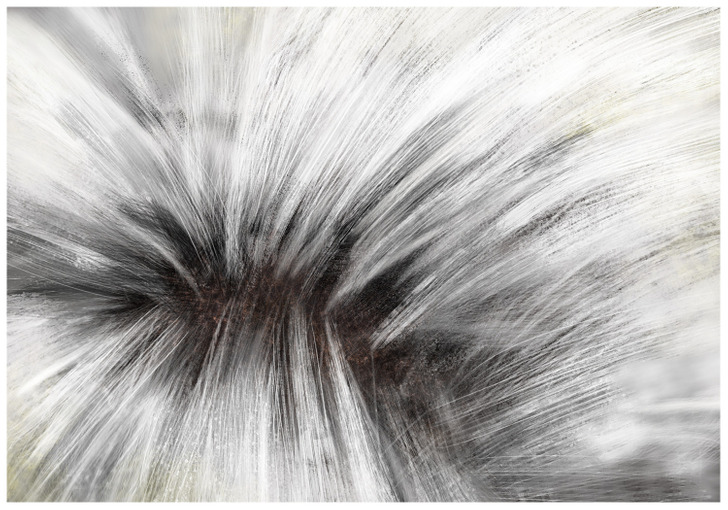
A polar bears’ coat has 2 layers:
- An outer layer that is made up of long (2-6 inches) guard hairs
- A thick undercoat that is made up of shorter fur
The guard hair is mainly transparent, but thanks to their reflecting abilities, they seem white. They are hollow and are filled with air. They have light-scattering particles inside them. They also have tiny salt particles that sit between each hair and that help dissolve the light.
There are several reasons why a polar bears’ fur appears white to us.
- The light that is reflected inside guard hairs causes whitish light to be given off by the hair. Thanks to it polar bears look white.
- Polar bears’ fur consist of keratin that is contained in their skin, claws, and hairs. Protein molecules of keratin have a whitish tint, which also gives the animal’s fur a white color.
Some polar bears can look yellow or brownish. In late fall or winter, when the animals lose their old fur and grow new fur, they appear to be snow white. But by summer, this fur gets worn out and gets a yellowish tinge. Bears who live on the ice far from open waters seem to be whiter than the ones who spend the most time in the water. While bears who live on the land with little snow have light-brown fur.
Where and how polar bears live
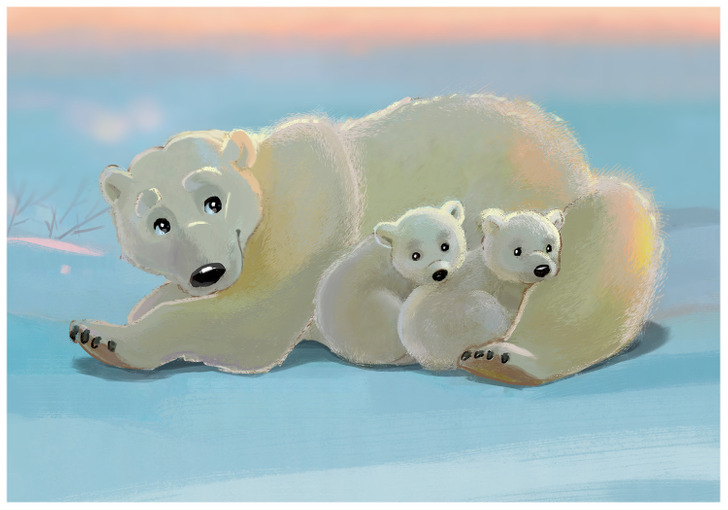
Polar bears live in the icy Arctic. There are from 22,000 to 31,000 species in the wild.
As a rule, these animals normally live alone but there are exceptions. It happens that a huge whale body is thrown ashore, and it becomes a food source for a large number of bears. In such situations, these predators live together. Also, when a female is raising her cubs, they make up a family group. Cubs feed on their mother’s milk until about the age of 2 and live together with her till they are 2.5 years old.
Polar bears in the wild rarely live past 30 years of age. Most adults die before they reach 25.
Interesting facts
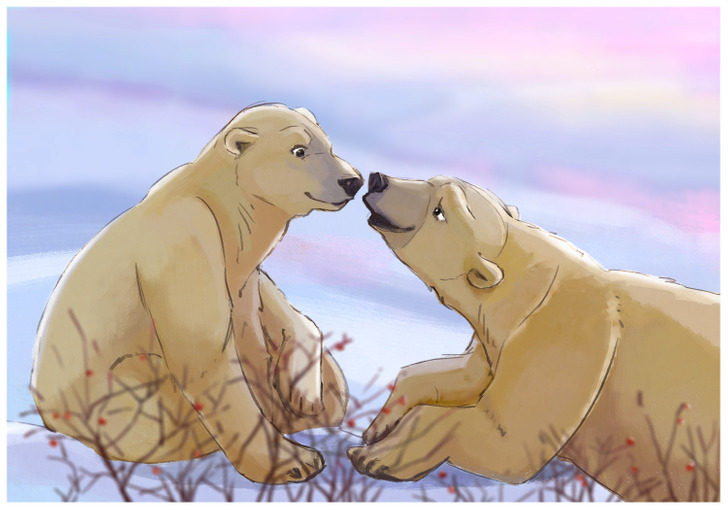
- Polar bears’ milk is very fat — up to 48.8%. It can be said that their cubs feed on double cream.
- Female polar bear, Debby, who lived at a Canadian Zoo, is the oldest recorded polar bear. She lived for 41 years.
- Bears can swim for a long time. There is a recorded case when this predator traveled 427 miles in the water within 9 days.
- Polar bears burn 12,325 calories a day.
- A female polar bear can give birth to cubs from different fathers at the same time.
- Polar bears can smell prey from 20 miles away.
- Polar bears cannot climb trees.
- Polar bears share food with mates. When one predator wants to share food with another one, it approaches them slowly and gently touches their nose to ask if they can share.